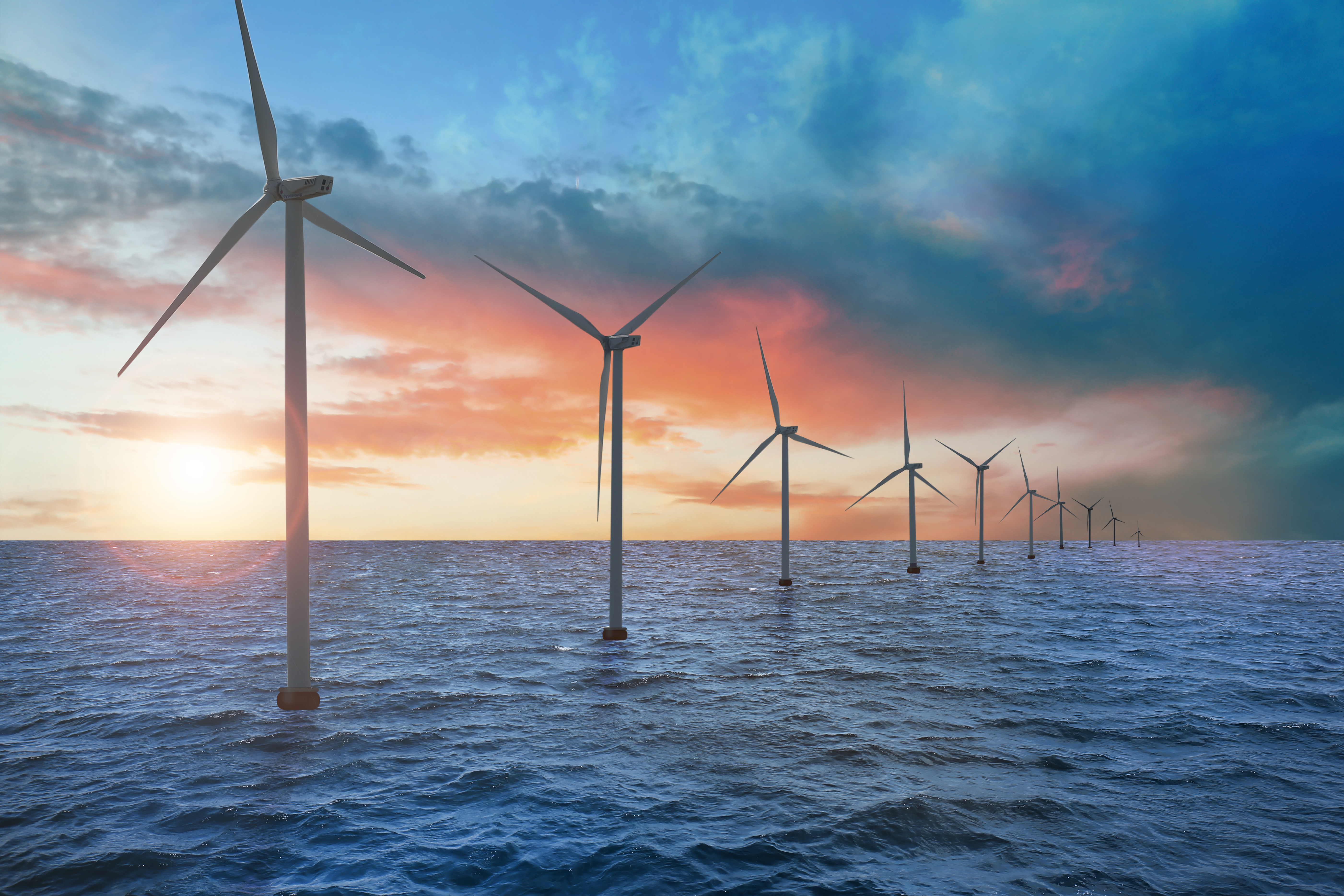The CENELEC Coordination Group (COG) on Offshore Wind was established as a central component of the EISMEA project "Offshore Wind Energy Standardization." Its primary objective is to develop a comprehensive roadmap to adapt existing wind energy standards to the specific needs of offshore wind technologies.
The initiative was driven by concerns raised by Spanish wind energy stakeholders, who highlighted the lack of tailored standardization for the offshore sector. Although around fifty standards currently cover most aspects of wind power development, many of them were designed with onshore applications in mind and may not fully address the unique challenges and requirements of offshore wind, an area that has emerged more recently.
Europe Leads Offshore Wind by Advancing Standards: Action 13
Europe is the leader in offshore wind, both for bottom fixed and for floating foundation technologies. The deployment of offshore wind energy is essential to fulfilling the European Green Deal. Action 13 of the Wind Power Action Plan, “Enhancing standardization in the wind energy sector,” states that standards are a key instrument to ensure interoperability, cost reduction, efficiency and sustainability, strengthening the industrial ecosystem. This plan highlights the importance of identifying standardization needs, gaps and barriers for wind energy.
In this context, the Spanish wind stakeholders expressed their concern about the lack of standardization for offshore wind. This matter was established as the main objective of WP2 of the EISMEA project, and the CLC/COG Offshore Wind will have the following goals:
- Standardization landscape analysis: to develop a strategy and address the EN IEC 61400 series (and other wind standards) in the most efficient way, including prioritizing and sequencing the work.
- Roadmap creation: for the adaptation to offshore wind technology, based on the analysis, that provides guidelines for the most urgent gaps and needs that have to be addressed.
COG Unites Experts to Shape Offshore Wind Standards
The COG has attracted considerable interest and has 25 members from 11 National Committees, as well as the participation of representatives from CCMC. UNE (Spanish Association for Standardization) holds the secretariat, and Juan de Dios López (AEE, Spanish Wind Energy Association) was elected as the chair during the COG kick-off meeting.
The COG looks forward to making a valuable and constructive contribution to standardization by delivering the final roadmap in December 2026, which will contain guidelines and recommendations for future standardization work in offshore wind.




